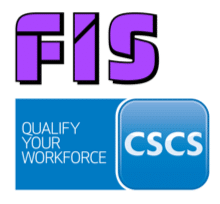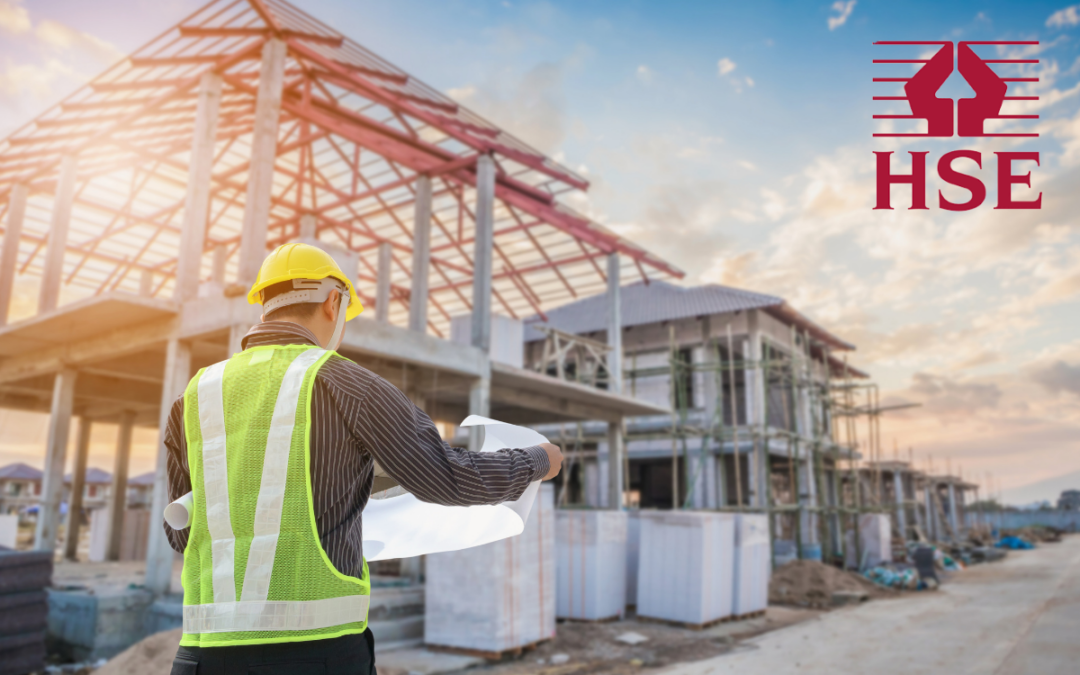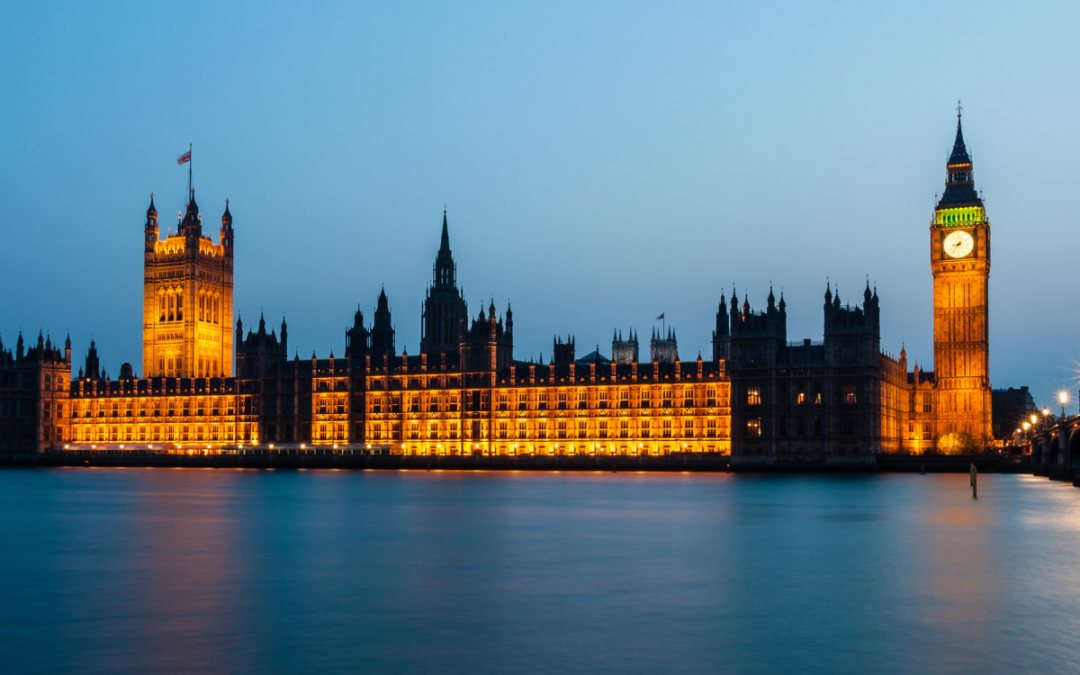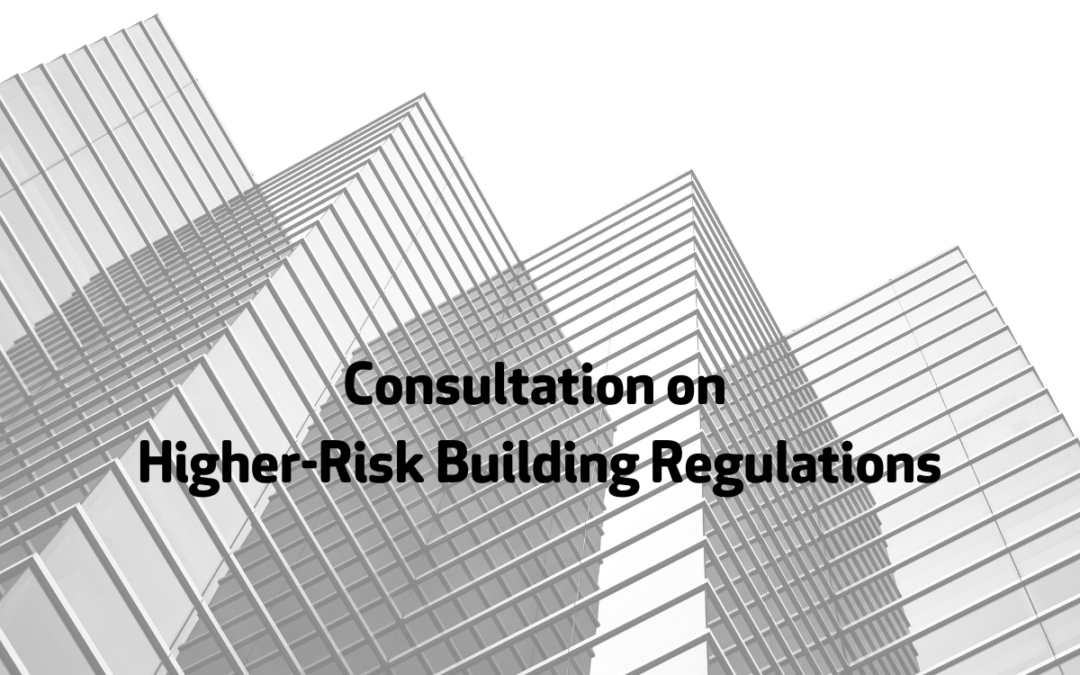
Building Safety Act: Sector Prioritised in Competence Drive
Following the Grenfell Tower fire, FIS has been working at the heart of Working Group Two (WG2), established as one of the Competence Steering Group (CSG) working groups to look at the competence of those installing fire safety systems. This remit subsequently expanded to cover all installers working in construction and the built environment.
WG2 has recommended that the industry should adopt a framework for all the installer sectors working on in-scope buildings that can be applied to other project types. The framework will consist of:
1. Accredited third party certification of companies
2. Level 2 or 3 qualifications for individuals
3. A card scheme such as, but not limited to, the CSCS
4. CPD refresher training and the maintenance of individual skills
5. All installers have a core knowledge of fire safety in buildings – training to be standardised and made mandatory
In line with these recommendations, WG2 has completed the first phase of its work benchmarking the existing competence arrangements of six pilot installer sectors which have the potential to significantly impact on life safety. The six pilot sectors are:
1. Domestic Plumbing and Heating
2. Dry Lining
3. Fire Detection and Alarms
4. Fire Stopping Specialist
5. Rainscreen Cladding
6. Roofing
The objective of ‘Pilots – phase one,’ was to establish the current competence arrangements, compare them to the WG2’s
recommendations and BSI Flex 8670: Core criteria for building safety in competence frameworks – Code of practice and identify
any gaps.
These Pilots have been completed and WG2 will now move to phase two and the six pilot installer sectors will reconvene with their own Chairs and Terms of Reference, to develop their sector-specific competence frameworks to meet the recommendations set out in Setting the Bar. This work is expected to last between six to nine months with each sector developing a timeline and implementation plan for addressing the shortcomings.
FIS has helped to assemble a working group to focus on Dry Lining, with the initial meeting of the Working Group Chairs scheduled for September. The organisation is providing support to this group to link to the work around firewalls identification and labelling and ensure that competency frameworks developed and the processes, support required to deliver the required level of competence are practical and to identify any obstacles to systemic success.
FIS CEO Iain McIlwee commented: “The Building Safety Act is here and we need to ensure that we have robust processes to meet the exacting requirements. Competence is at the heart of it and we looking forward to using this pilot to pull together a lot of hard work that has been put in by members and particularly our Skills Board to ensure that we don’t just know what good looks like, but we know how to get there. This is a great opportunity to show that the sector is stepping up.”
The latest report Working Group 2 report which provides more context is available here – if you are interested in finding out more about this work and getting involved in the pilot group email iainmcilwee@thefis.org





